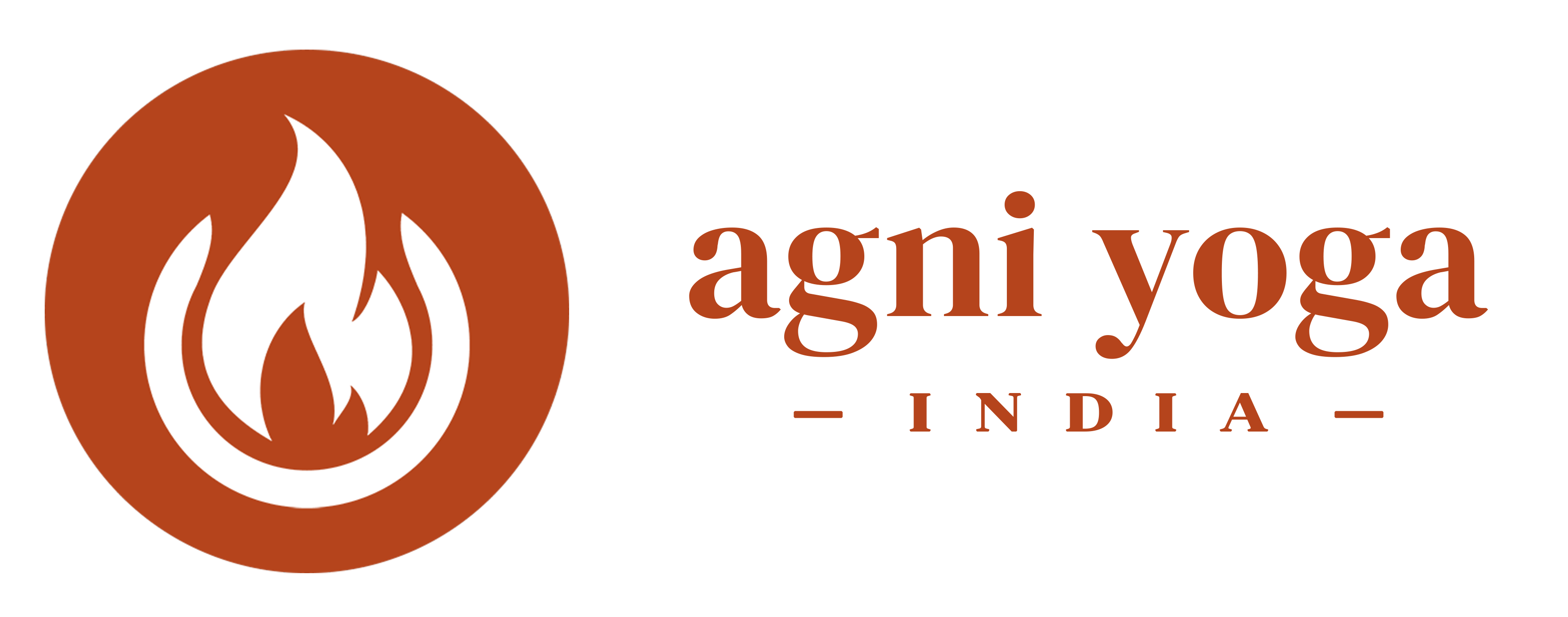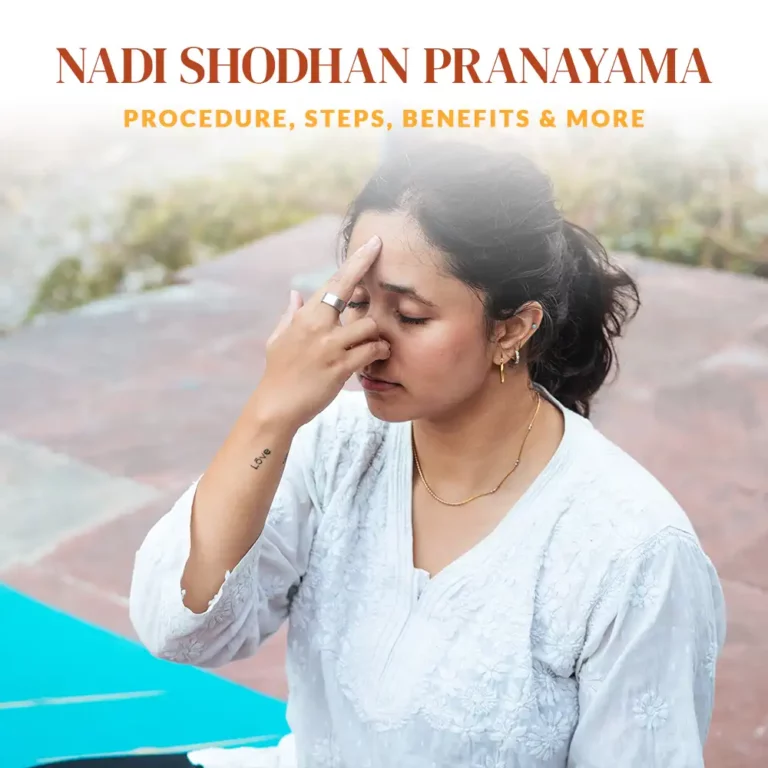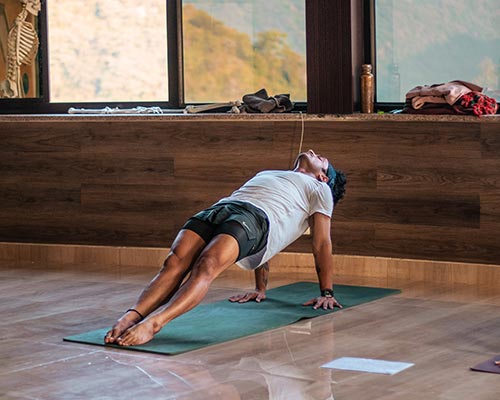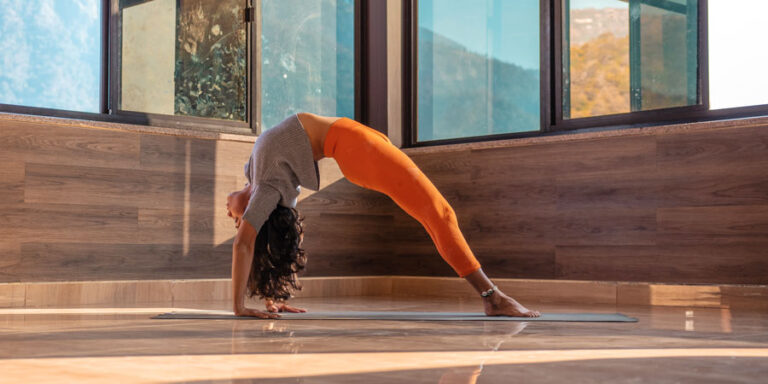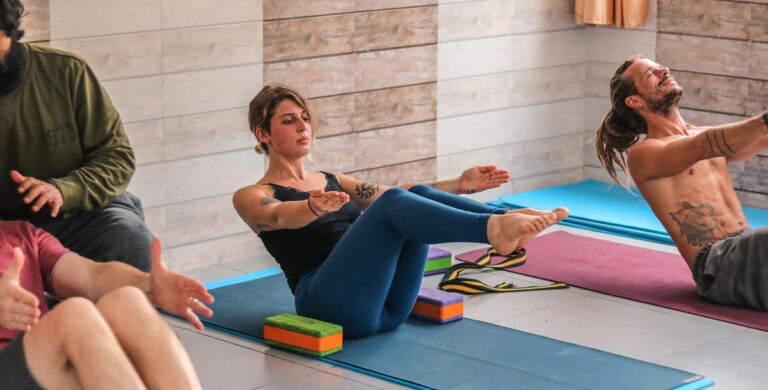Ustrasana (Camel Pose): Benefits, Steps, Poses, Images and Precautions
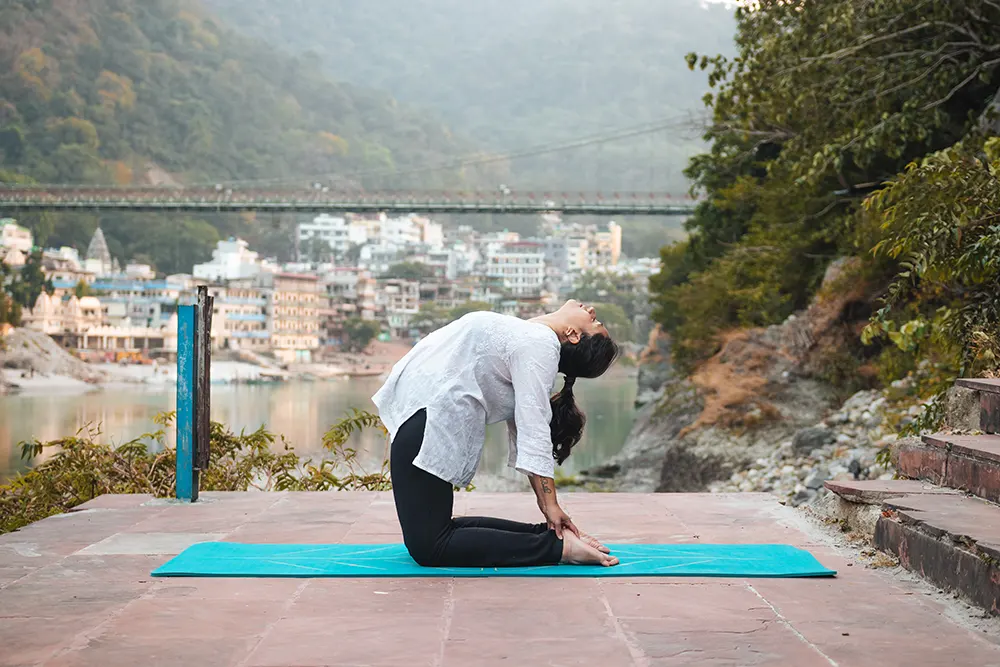
What is Ustrasana?
Ustra means ‘camel’ and ‘asana’ means posture. Camel Pose is a chest-opening backbend that is energizing and beneficial. It allows a spine extension without supporting body weight with your arm, unlike chakrasana. The wheel pose is a total body stretch backbend posture that requires more stamina and determination. The camel pose is a little less intense in comparison with more room to play with your backbends.
Ustrasana is practiced under Hatha Yoga as a posture that benefits blood circulation. This chest-opening posture strengthens the muscles in the posterior region of the body while stretching the muscles in the anterior region.
A step-by-step guide to performing Ustrasana
To gain maximum health benefits, One must follow proper techniques. The vital part to remember is to keep the breath from straining and not to overload the lumbar (lower part of the spine)
- Bring your knees down parallel to the ground keeping the upper body erect.
- Take your arms behind your back and place both your thumbs on the Lower back
- Push the pelvis forward while arching your back backwards
- Make sure to roll your shoulders back and down when you are moving into a back-bending posture
- Bring your right arm out with external rotation of the triceps and forearms and place the palms on the right ankle
- Repeat the same thing with the left arm
- Once both of your arms are connected to the ankle, push your pelvic forwards for a better arch on the back (Do not lean towards the ankle)
- Keep your neck moderately engaged, do not let it hang
- Hold yourself in the position for 5 breath
Preparatory poses for Ustrasana
If Ustrasana is an intermediate-level asan, one needs to perform a beginner-friendly asana as a warm-up to come into the final posture of Ustrasana. The sequence can look something like below:
Salabhasana (Locust pose)
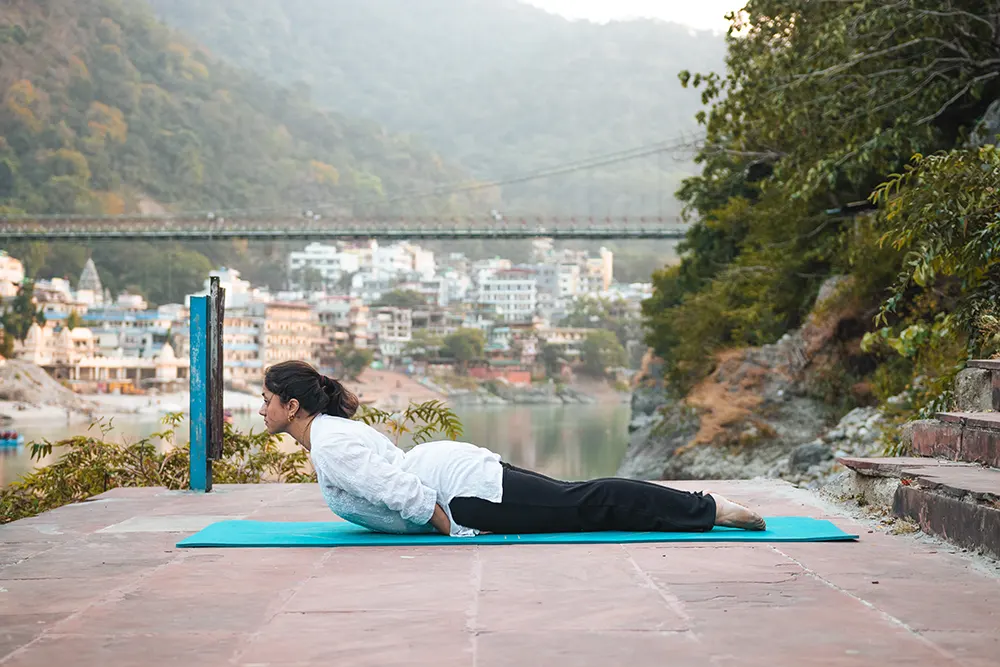
Bhujangasana (Cobra pose)
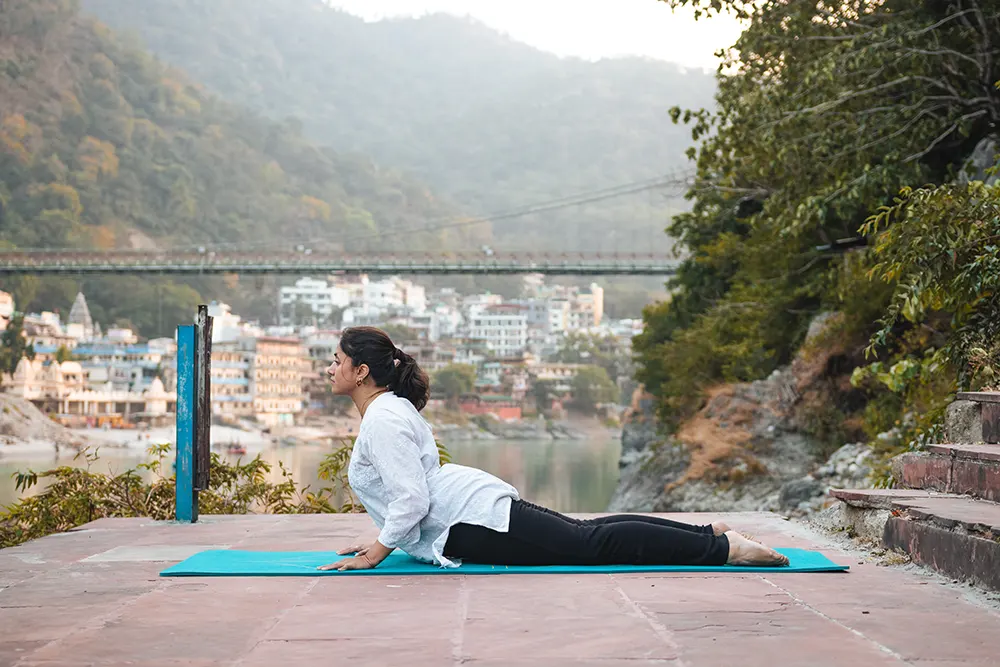
Ardha dhanurasana (Half-bow pose)
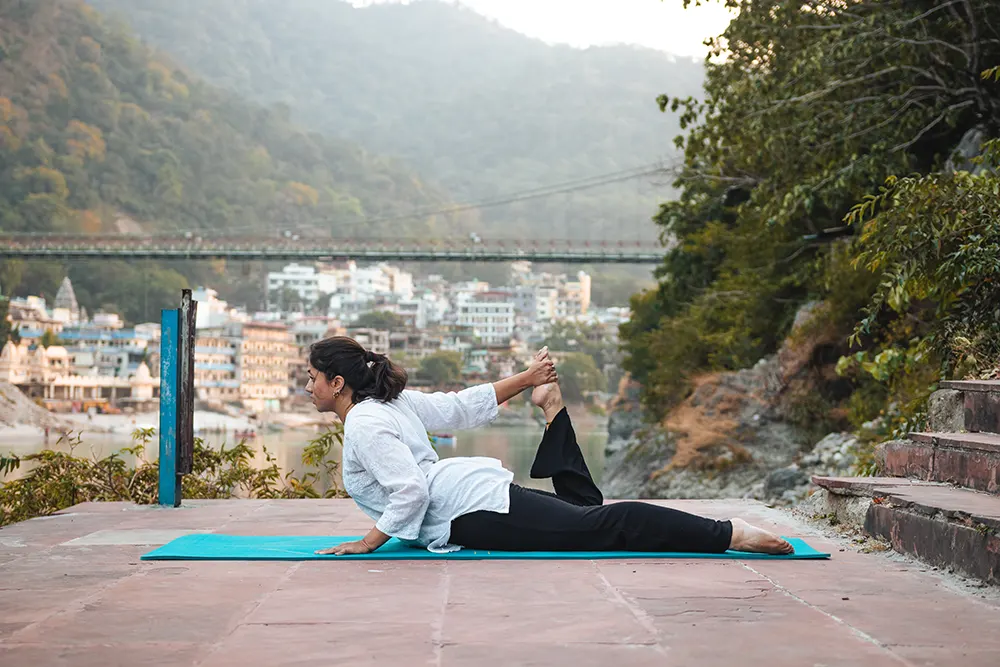
Dhanurasana (Bow pose)
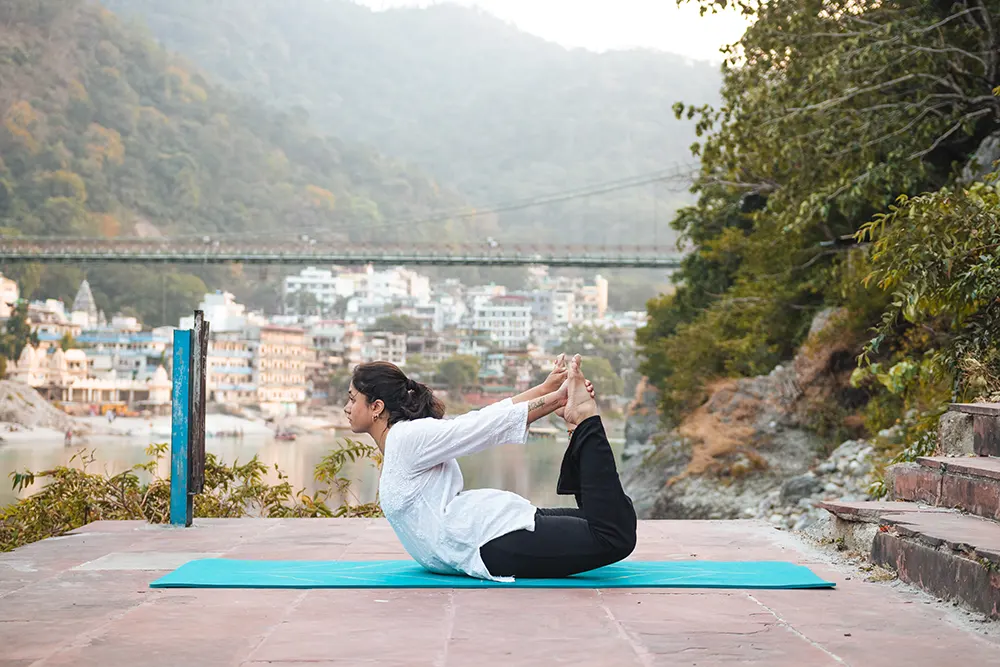
Ardha ustrasana (Half Camel pose)
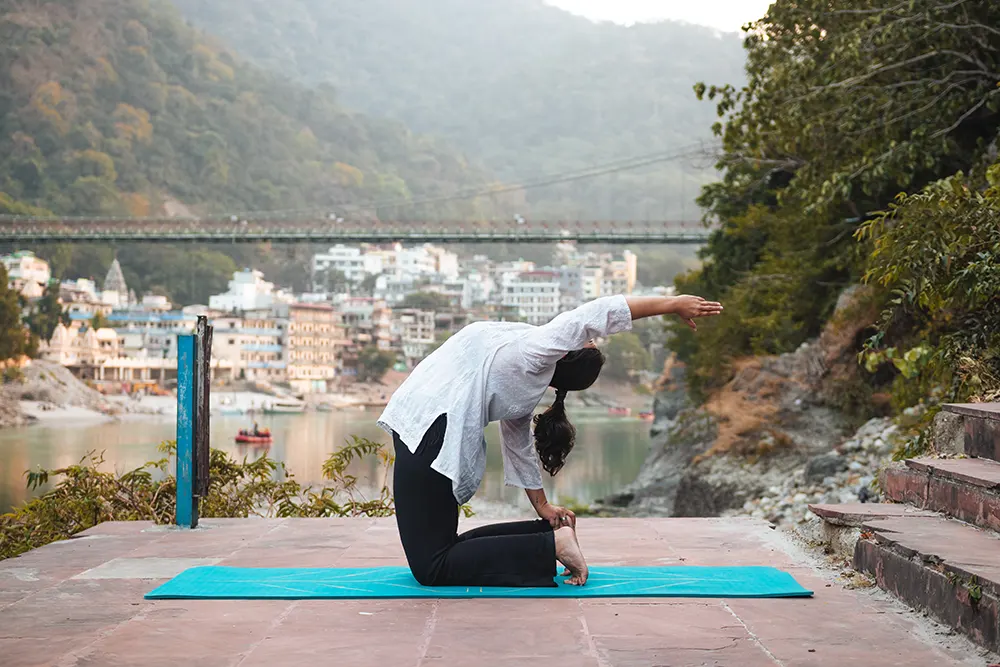
Ustrasana (Camel pose)

One can begin with supine postures where the focus is on the contraction of the posterior muscles while understanding the shoulder rotation to move up to the final posture of Ustrasana gradually.
The tricky part of Ustrasana where people bear injury is while coming out of the posture.
The First thing to remember is, do not let the neck jerk back into the neutral position of the spine.
Remove both of your arms from your ankle and place them one after another on the waist then slowly start to bring the torso into a neutral position while pushing the buttocks down on the heels.
Once you sit on your heels, bring the neck in one line with your spine and immediately go into child pose.
Variations:
For variation purposes one can keep a pillow underneath the knees, to begin with.
A block next to both of your feet for extra elevation
You can also place the feet close to a wall and move the torso into a back-bending posture.
While planting the knees firmly onto the ground, one can move from their torso into a back bending while attempting to open the shoulders from left to right into Ardha Ustrasana.
Benefits of Ustrasana
Ustrasana is known as the chest opening asana. Our shoulders and our hip muscles store the maximum amount of trauma in our body. When we practice asana which opens up tight muscles around the hips and shoulders, a sense of relaxation is felt not only because the tension of the muscle is released but also because the emotions that were trapped, have space to release themselves.
- Strengthens the muscles in the posterior region of the body i.e. Hamstrings, Glutes, Lower back
- Helps to release digestive gases
- Improves shoulder mobility
- Releases blocked emotions
- Improves body posture
- Helps to Boost confidence
Conclusion
In conclusion, Ustrasana as a posture promotes a healthy bodily posture, helps to release emotional blockages and to gain strength. Taking baby steps toward achieving the final posture is the ideal way to attain better alignment of the posture.
An advanced asana practitioner will be required to perform preparatory asanas before moving into the final posture of Ustrasana so a beginner-level practitioner should be humble enough to understand the risks of overexcitement and perform the posture with ultimate care.
FAQs
How long should the hold be in postures?
For beginners, the hold into the posture should not be more than 5 breaths.
How do you know if you are ready for the final posture?
If your body is capable of moving in Ardha Ustrasana without any difficulty, then the body is ready to move into the final posture which is Ustrasan.
Should the practice of this asana be assisted?
Yes, for beginners, Ustrasana should not be performed without assistance. This camel pose may seem easy to do but there are more chances of quick injuries in this back-bending posture than any other.
Can you practice Ustrasana daily?
Intermediate level practitioners, who have worked on shoulder mobility and strength, can perform this posture daily but not without warm-ups.
Do you need to warm up every time before you go into Ustrasana?
The camel pose will always require preparatory asanas. This posture is an intermediate-level asana that requires shoulders that have mobility, glute muscles that have strength, and a lower back that can distribute the weight equally to hold the posture for a longer period.
